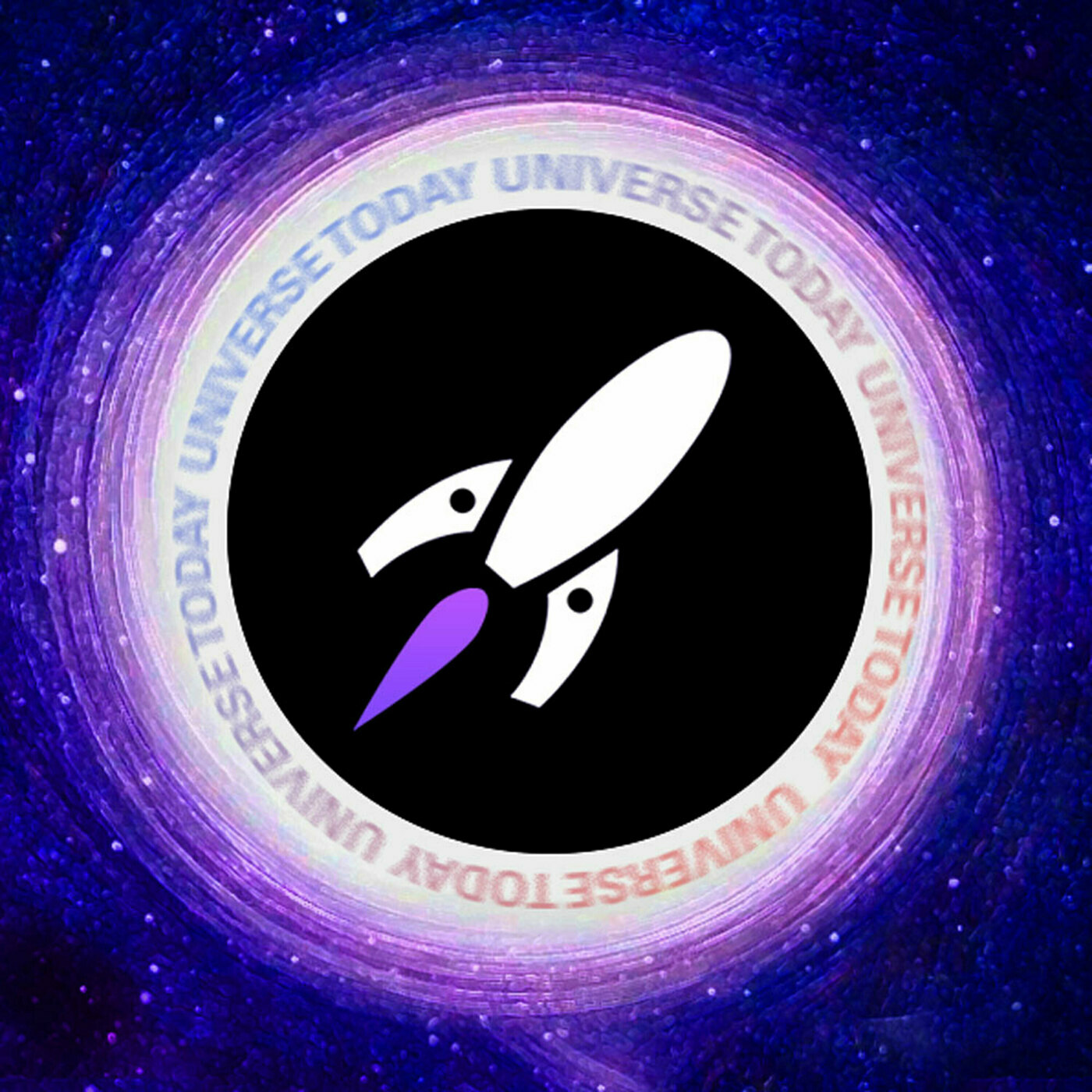Universe Today Podcast
Your Ultimate Guide to All Things Space
Space news, interviews, Q&As, and exclusive content from Universe Today.
Audio versions of Fraser Cain YouTube channel.
-
March 29th, 2021
In this week's questions show, I talk about the stars we can see with our own eyes. Are they special? How long does it take solar flares to reach Earth? How will crimes on Mars be prosecuted?
-
March 22nd, 2021
In this week's questions show, I answer questions about supernovae, how we could terraform the Moon, and why is Starlink so expensive?
-
March 18th, 2021
In this week's questions show, I talk about how dark matter seems to clump differently from regular matter. When will Starships stop exploding? And what do I think about the Stellina telescope?
-
March 18th, 2021
This week I talk to Dr. Jack Burns, the Principle Investigator for the Lunar FARSIDE telescope. This would be a radio telescope installed on the far side of the Moon that would be capable of observing the first stars and black holes during the Dark Ages and Epoch of Reionization.
-
March 18th, 2021
Today I'm interviewing Dr. Benjamin Zuckerman, emeritus professor from UCLA. Zuckerman is the author of over 200 papers, and was involved with the first direct imaging of a multi-planetary system.
-
March 15th, 2021
This week I talk to Christopher Morrison from USNC about their recently awarded NIAC Grant. Their grant will investigate the feasibility of a radioisotope-electric propelled spacecraft that could intercept and retrieve a sample from a future interstellar asteroid or comet.
-
March 4th, 2021
In this week's live questions show, we spend a lot of time talking about the Perseverance landing on Mars. What's happening with my content right now, and is anyone watching the Moon for meteorite impacts?
-
March 2nd, 2021
Here's an interview with me on the SciManDan Podcast. We talked about Perseverance, space conspiracy theories, and much more. Check out the podcast at: https://blubrry.com/thescimandanpodcast/
-
February 23rd, 2021
In this week's questions show, I talk about why some missions go into orbit, and other missions make a direct landing on Mars. Is it a good idea for the SpaceX Falcon Heavy to launch components for the Lunar Gateway? And how can we know if the Universe is finite or infinite?
-
February 16th, 2021
In this week's questions show, I explain why there are separate challenges for finding life in both the Solar System and in the Milky Way. Can we use water as a propulsion system in space? Will there be interferometer telescopes launched into space?
-
February 9th, 2021
This week I interview Chris Prophet, the author of "SpaceX from the Ground Up". His book, now in its 6th edition covers the story of SpaceX, from its initial concept to the latest Starship tests.
-
February 8th, 2021
In this week's Q&A show, I answer questions about Starship might be able to provide artificial gravity, whether I'd prefer to have LUVOIR or the Overwhelmingly Large Telescope, and if nuclear-powered rockets will work in space.
-
February 1st, 2021
In this week's interview, I talk to David Brown about his new book: The Mission. It's all about the campaign to design and build the Europa Clipper mission and everything that happened behind-the-scenes.
-
February 1st, 2021
In this week's QA, I talk about what's driving the expansion of the Universe, how big the observable Universe is to the actual Universe, and what will happen to dogs in gravity.
-
January 23rd, 2021
Contributing author Matthew Cimone decided to record an audio narration for his article this week on Universe Today. I thought it was a cool idea, so I included it here on the podcast feed. Let me know if you enjoyed it and want to hear more of them.
-
January 23rd, 2021
In this week's interview, I talk with Devin Carroll, a robotics Ph.D. student at the modular robotics lab at the University of Pennsylvania. Devin is working on robots that can build their own structure out of ice.

